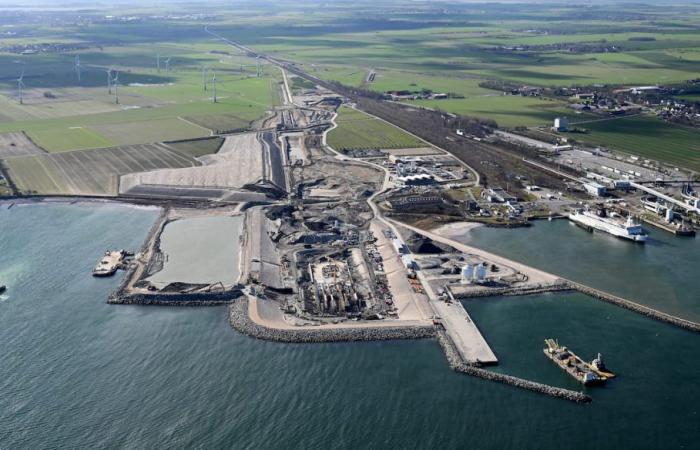It should become operational in a few years, significantly reducing travel times between two large Northern European countries: we are talking about the tunnel Fehmarnbelt, one of the most ambitious infrastructures ever built on our continent. Inside, at a depth of 40 meters along the Fehmarn Belt, both the motorway and the railway will run. This will make it the world’s longest combined undersea tunnel. Here’s what we know about this project.
What is the Fehmarnbelt Tunnel
Designed in 2008 for unite Germany and Denmark, the Fehmarnbelt tunnel will become an important link between continental Europe and Scandinavia, offering tourists and workers a new opportunity to move between these territories much more quickly. The aim is to connect the Danish island of Lolland with the German island of Fehmarn (from which it is possible to reach the mainland via a bridge). The underwater tunnel will therefore cross the Fehmarn Belt stretchon the Baltic Sea.
Will be 18 km long: it is certainly not a record in absolute terms (just think of the English Channel, which measures 50 km), but it will still be the longest in the world among those that combine both road and rail services. For those who travel frequently between the two islands, the new connection will allow them to save a lot of time: currently the ferry takes 45 minutes, while by car it will take only 10 and by train as much as 7. Not to mention the travel times between the largest cities of the two countries: to travel between Copenhagen and Hamburg it takes about four and a half hours by train (the flight connection is faster, but it has long waiting times and higher costs), but in the future it will take just two and a half hours.
The works in progress and the first inauguration
Needless to say, this is a extremely ambitious project, for which a budget of over 7 billion euros was provided. Work began in 2020, after more than 10 years of planning: apart from a few hiccups due to protests from environmentalists and shipping companies in Germany, everything seems to be going great. Last year, construction was completed on the Danish side of the factory that will produce the concrete sections that will be placed below sea level. On June 17th, just a few days ago, the first section of the tunnel by King Frederick X of Denmark.
The works are really demanding, since they involve the excavation of the enormous underwater trench which will house the tunnel and the construction of numerous reinforced concrete sections that will compose it. The latter (there should be 89 of them) are 217 metres long, 42 metres wide and 9 metres high, weighing approximately 73 thousand tonnes: once completed, they will be positioned just below the seabedat a depth of about 40 meters (at its deepest point). This undertaking will also be nothing short of titanic, since it will involve barges and cranes of all sizes, requiring a full 3 years of work.
According to plan, this incredible feat of engineering should be completed by the end of 2029. “The Fehmarnbelt tunnel will create a strategic corridor between Scandinavia and Central Europe. As part of the work, new natural areas and stone cliffs will be created on the Danish and German sides. Nature needs space, and as a result there will be more space for nature. But the biggest advantage will be the benefit to the environment. A faster connection will make trains a real challenge for air traffic,” he said. Michael Swan of the Confederation of Danish Industry, also entering into the merits of the sustainable side of the tunnel.






